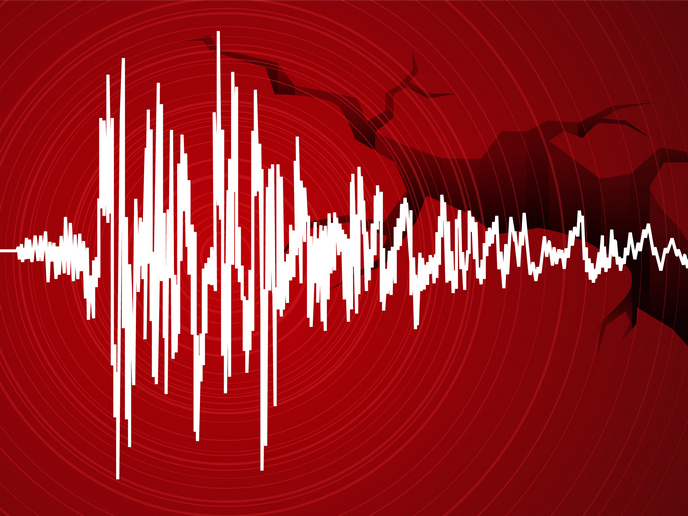Unravelling stellar explosions' secrets
The use of waves propagating in the Sun's atmosphere to estimate parameters impossible to measure became a reality with high-resolution observations from both the ground and space. Combined with theoretical models, these observations paved the way for the development of a technique called helioseismology and MHD coronal seismology. With the increased sensitivity of modern telescopes, it also became possible to observe oscillations in explosions in the coronae of other stars. Astronomers working on the SESTCOOS (Seismology of stellar coronal oscillations) project sought to build on the knowledge gained from MHD coronal seismology to probe the stellar atmosphere. With the support of the EU, the astronomers have made significant improvements to the Forward Modelling code for optically thin plasmas (FoMo). This numerical code was used to determine observational signatures of compressional and transverse oscillations in the Sun's upper atmosphere. Modelling work carried out by the SESTCOOS team showed that transverse oscillations may lead to the generation of strand-like structures in the solar corona. On the other hand, new numerical models were developed and employed to accurately determine oscillations in regions of the intense magnetic field in the photosphere. Data from the Apache Point Observatory in New Mexico, the United States showed clearly that the atmosphere of the red dwarf YZ Canis Minoris generates strong waves in the wake of mighty flares. This young star rotates on its axis once every 2.8 days – about 10 times faster than the middle-aged Sun. The fast spin of YZ Canis Minoris causes magnetic field lines to get tied into knots that produce stunningly violent stellar flares. The observations gave SESTCOOS astronomers telltale signs of compressional oscillations that may originate from flares and may even provide a way of studying other stars. To discuss possible new avenues in stellar seismology, experts in the field of stellar flares and oscillations were invited to a workshop organised during the SESTCOOS project. This new branch of astrophysics could build on the knowledge gained on the solar atmosphere and employ it to understand the mechanism by which flares cause the oscillations observed.






